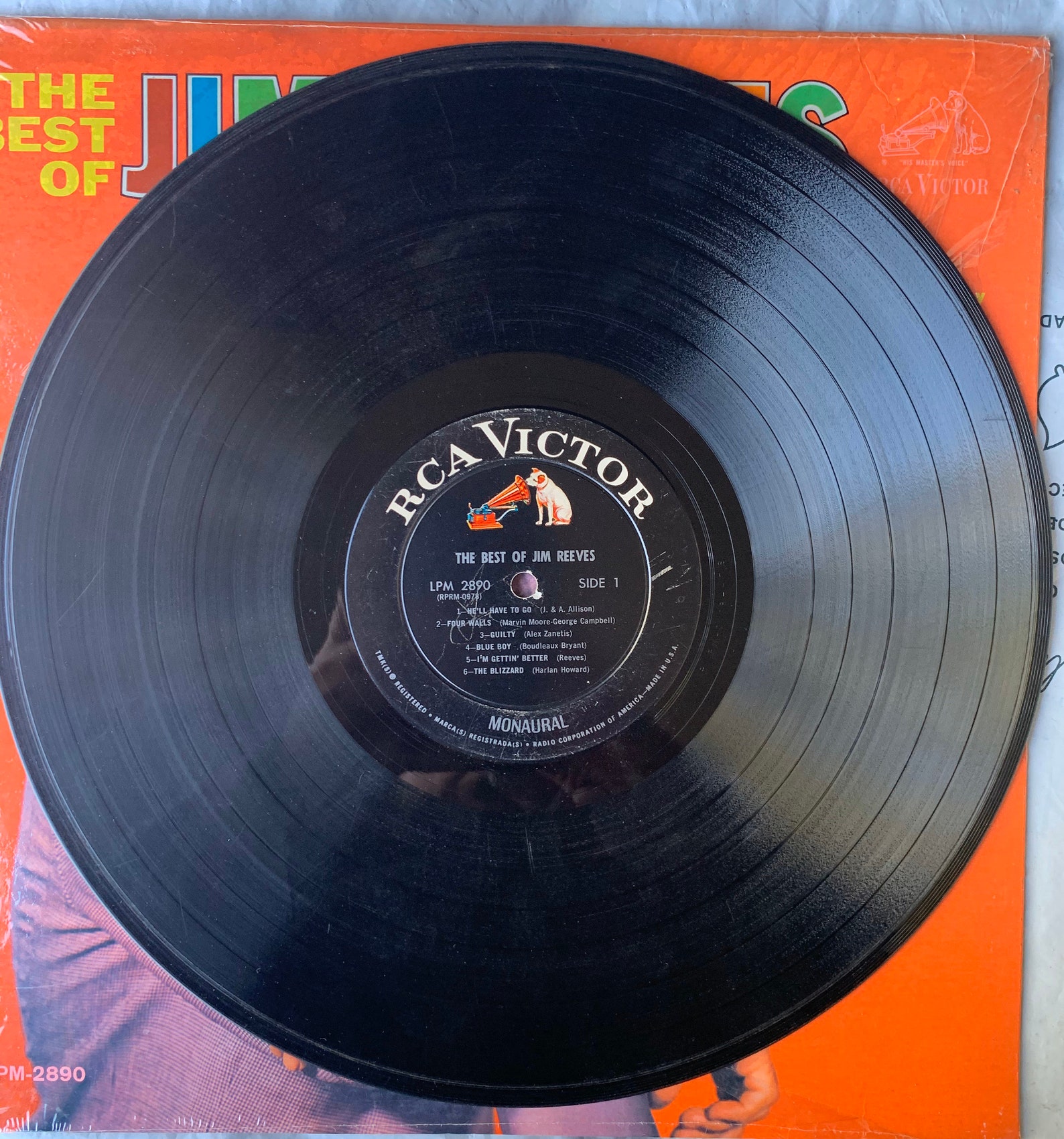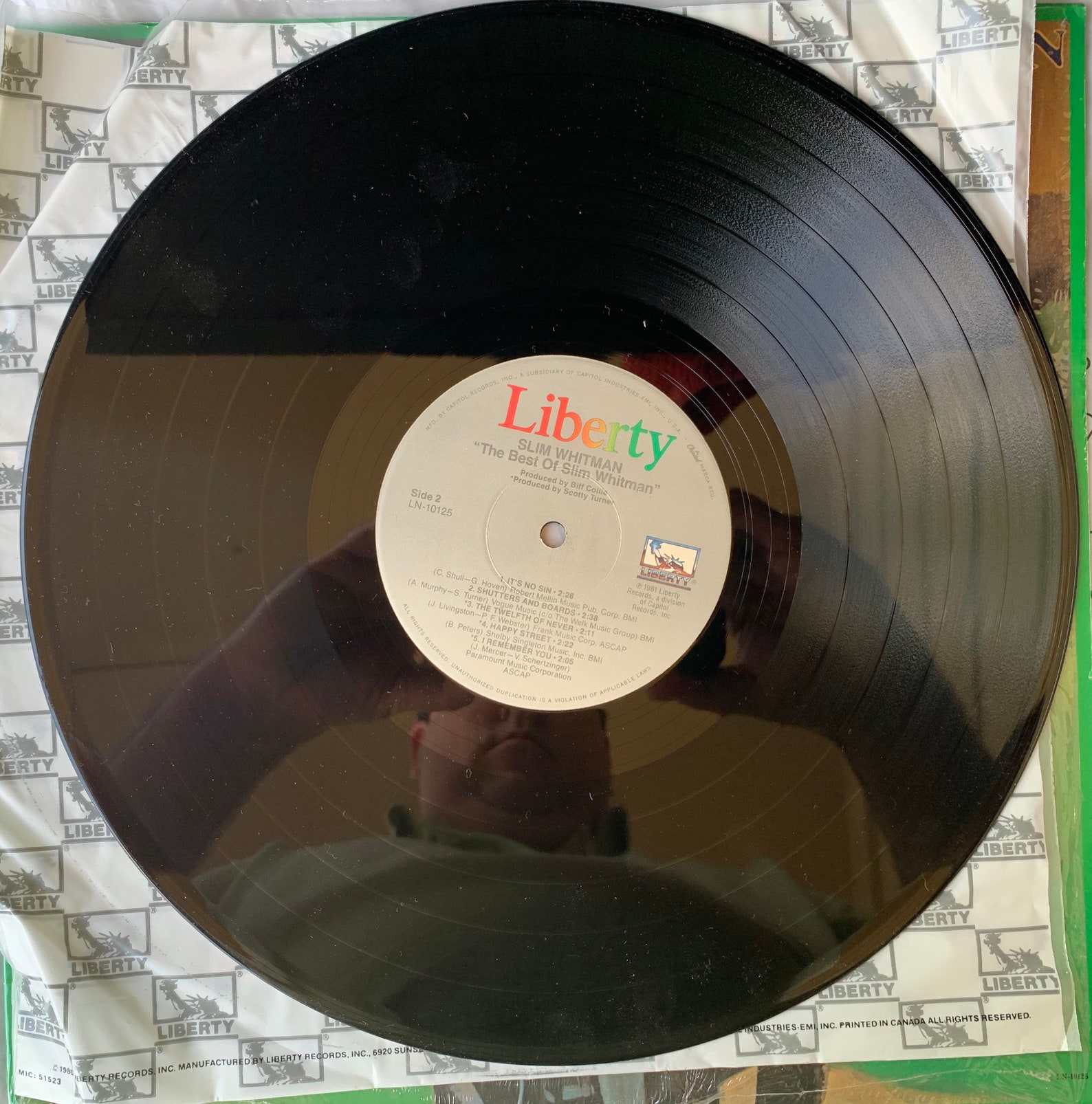
As the glass plate was slid horizontally in a well formed groove at a speed of one meter per second, a person would speak into the trumpet, causing the membrane to vibrate and the stylus to trace figures that were scratched into the lampblack. At the center of that membrane, he attached a rigid boar's bristle approximately a centimeter long, placed so that it just grazed the lampblack. He then took an acoustic trumpet, and at its tapered end affixed a thin membrane that served as the analog to the eardrum. Scott coated a plate of glass with a thin layer of lampblack. One day while editing Professor Longet's Traité de Physiologie, he happened upon that customer’s engraved illustration of the anatomy of the human ear, and conceived of "the imprudent idea of photographing the word." In 1853 or 1854 (Scott cited both years) he began working on "le problème de la parole s'écrivant elle-même" ("the problem of speech writing itself"), aiming to build a device that could replicate the function of the human ear.

The phonautograph was invented on 25 March 1857 by Frenchman Édouard-Léon Scott de Martinville, an editor and typographer of manuscripts at a scientific publishing house in Paris. The phrase broken record refers to a malfunction when the needle skips/jumps back to the previous groove and plays the same section over and over again indefinitely. Phonograph records are generally described by their diameter in inches (12-inch, 10-inch, 7-inch) (although they were designed in millimeters ), the rotational speed in revolutions per minute (rpm) at which they are played ( 8 + 1⁄ 3, 16 + 2⁄ 3, 33 + 1⁄ 3, 45, 78), and their time capacity, determined by their diameter and speed (LP, 12-inch disc, 33 + 1⁄ 3 rpm SP, 10-inch disc, 78 rpm, or 7-inch disc, 45 rpm EP, 12-inch disc or 7-inch disc, 33 + 1⁄ 3 or 45 rpm) their reproductive quality, or level of fidelity (high-fidelity, orthophonic, full-range, etc.) and the number of audio channels ( mono, stereo, quad, etc.). According to the Apollo Masters website, their future is still uncertain. On 6 February 2020, a fire destroyed the Apollo Masters plant. Only two producers of lacquers ( acetate discs or master discs) remain: Apollo Masters in California, and MDC in Japan. The increased popularity of the record has led to the investment in new and modern record-pressing machines. Īs of 2017, 48 record pressing facilities exist worldwide, 18 in the US and 30 in other countries. Likewise, sales in the UK increased five-fold from 2009 to 2014. The phonograph record has made a niche resurgence as a format for rock music in the early 21st century-9.2 million records were sold in the US in 2014, a 260% increase since 2009. They were also listened to by a growing number of audiophiles. Since the 1990s, records continue to be manufactured and sold on a smaller scale, and during the 1990s and early 2000s were commonly used by disc jockeys (DJs), especially in dance music genres. By the 1980s, digital media, in the form of the compact disc, had gained a larger market share, and the record left the mainstream in 1991. Records retained the largest market share even when new formats such as the compact cassette were mass-marketed. It had co-existed with the phonograph cylinder from the late 1880s and had effectively superseded it by around 1912. The phonograph record was the primary medium used for music reproduction throughout the 20th century.

Starting in the 1940s polyvinyl chloride became common, hence the name "vinyl". At first, the discs were commonly made from shellac, with earlier records having a fine abrasive filler mixed in. The groove usually starts near the periphery and ends near the center of the disc. Problems playing this file? See media help.Ī phonograph record (also known as a gramophone record, especially in British English), or simply a record, is an analog sound storage medium in the form of a flat disc with an inscribed, modulated spiral groove.


 0 kommentar(er)
0 kommentar(er)
